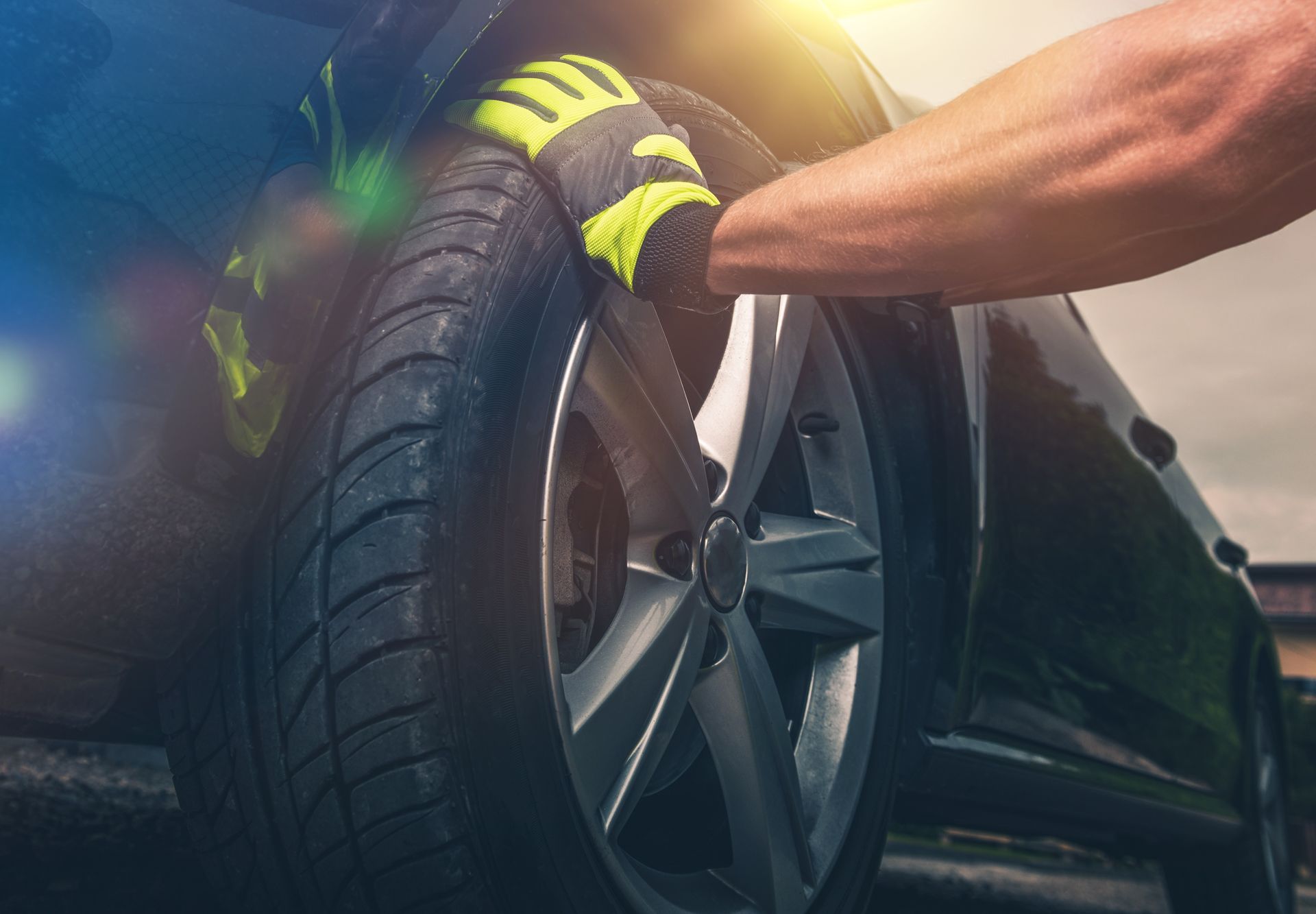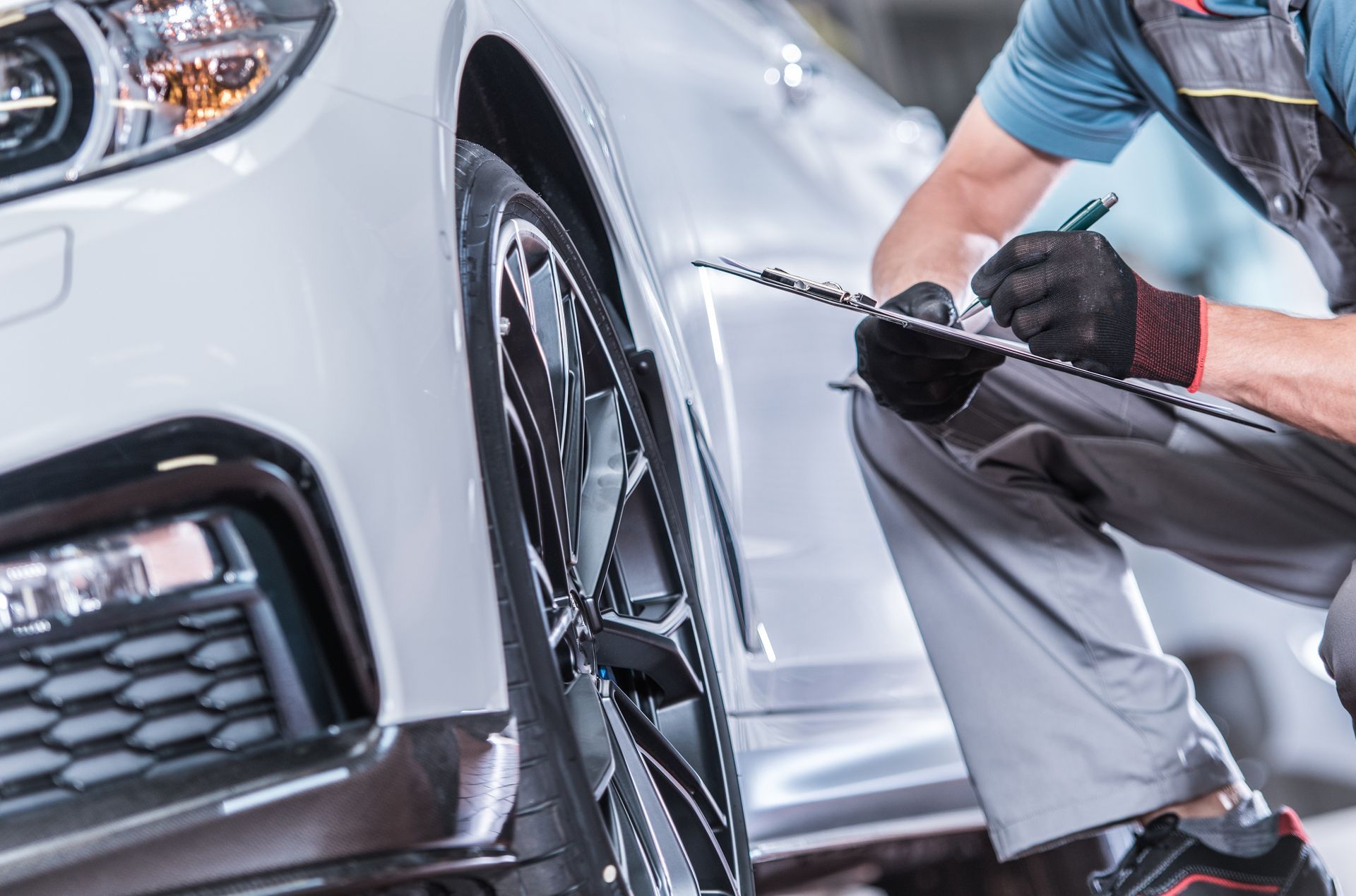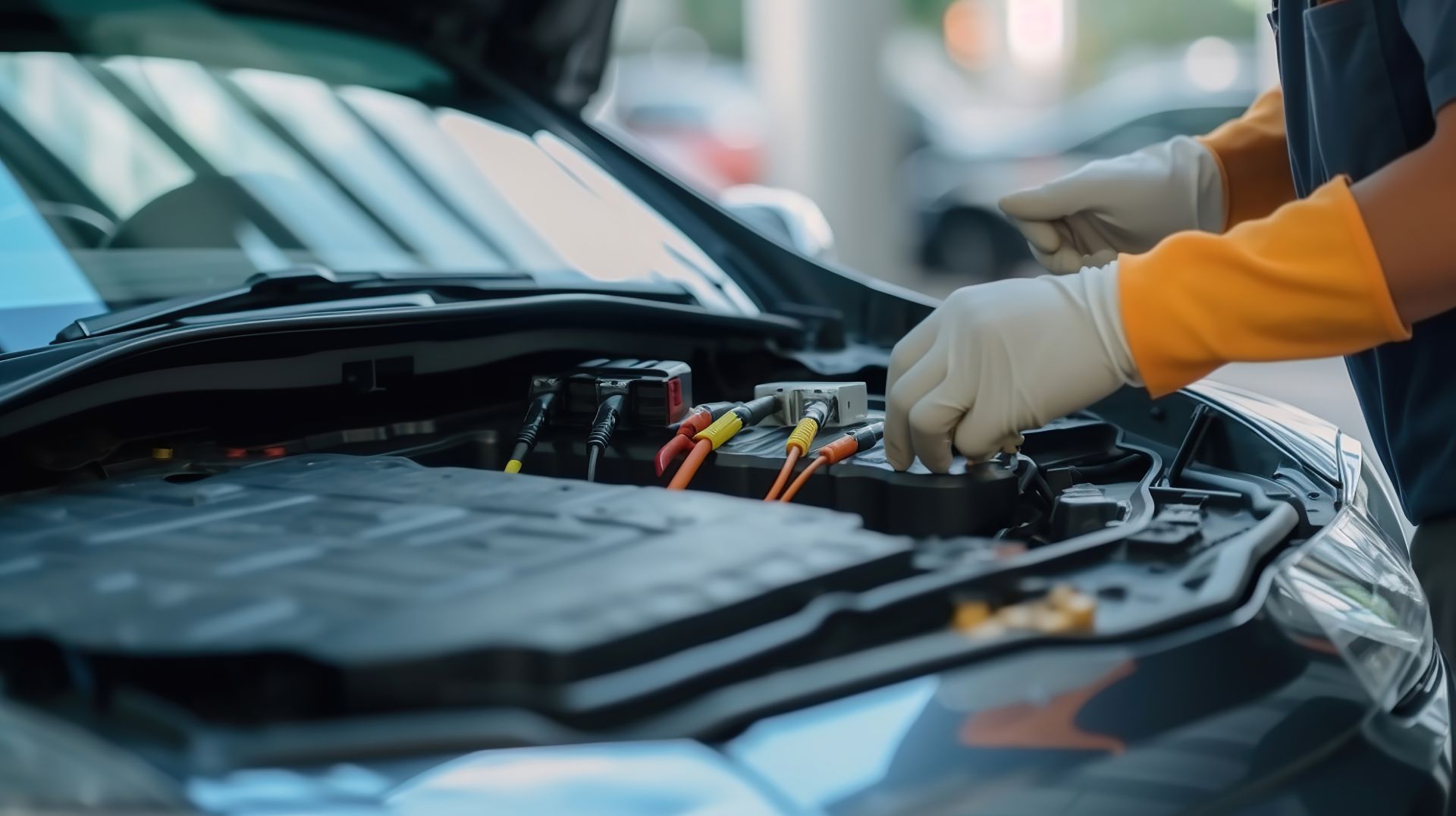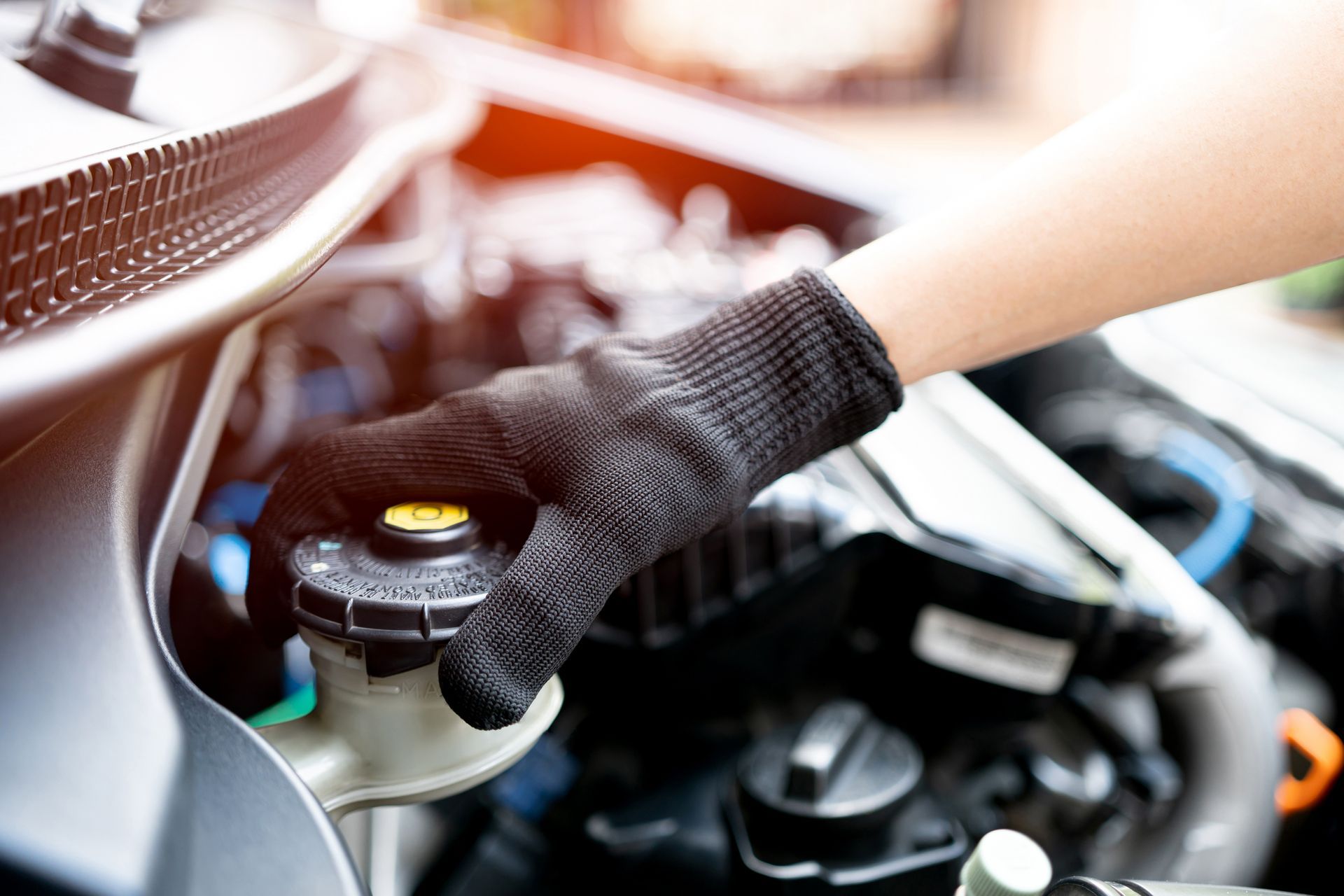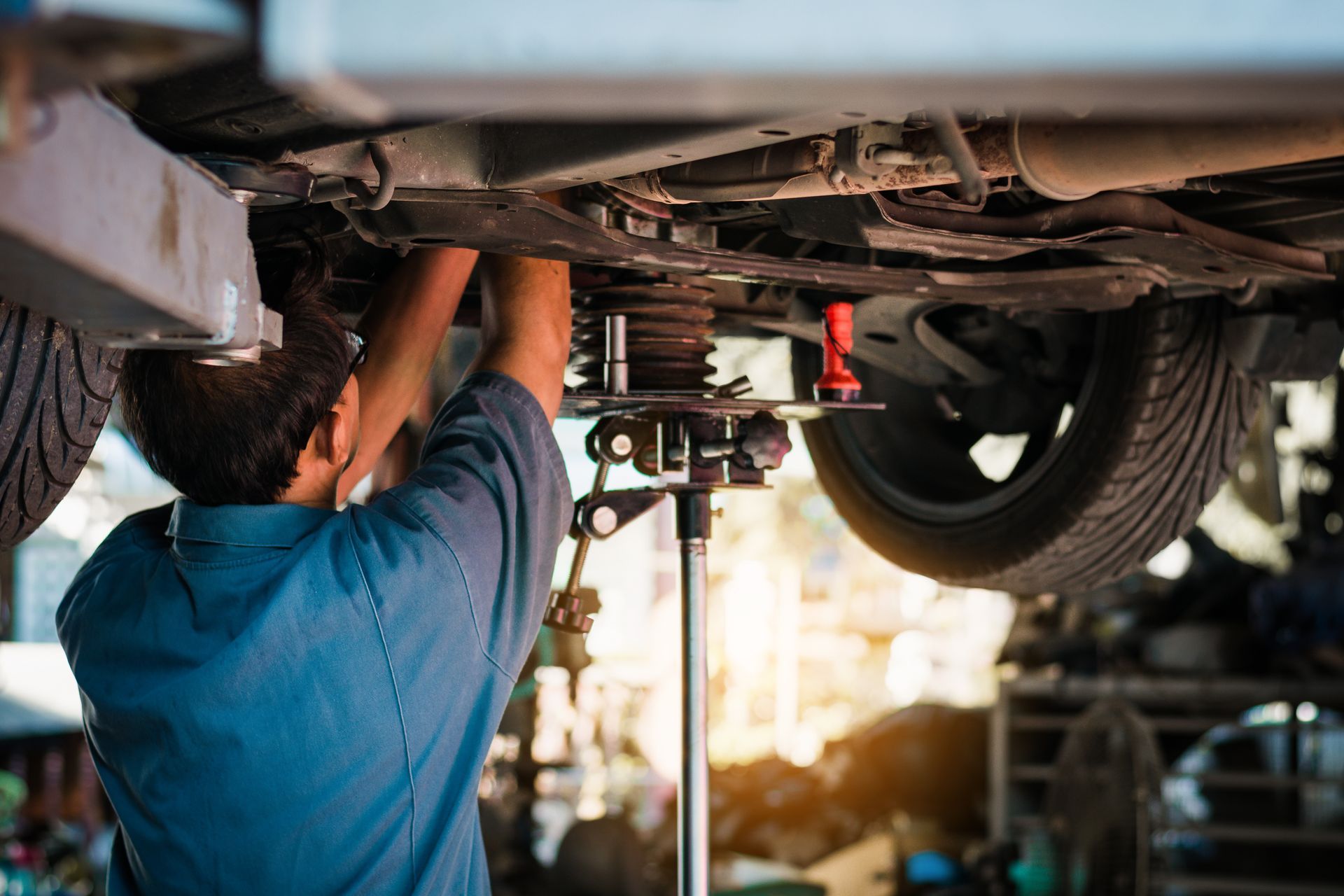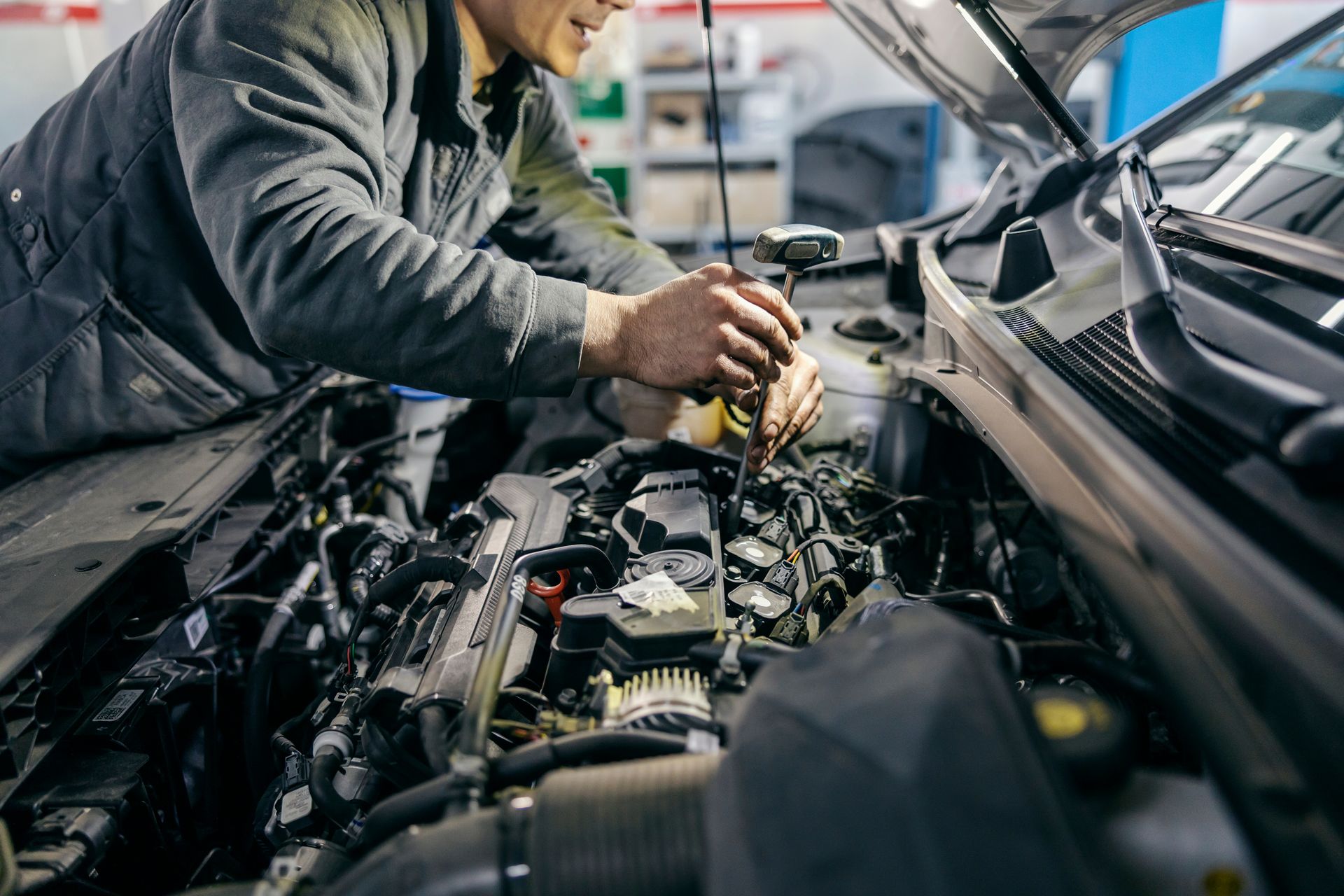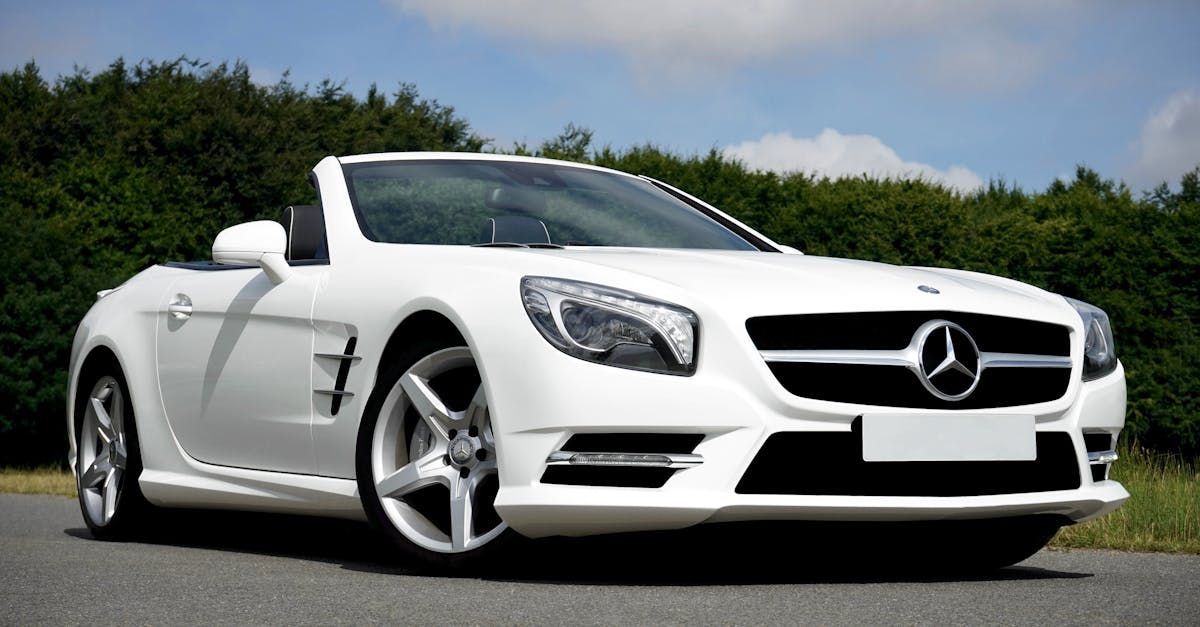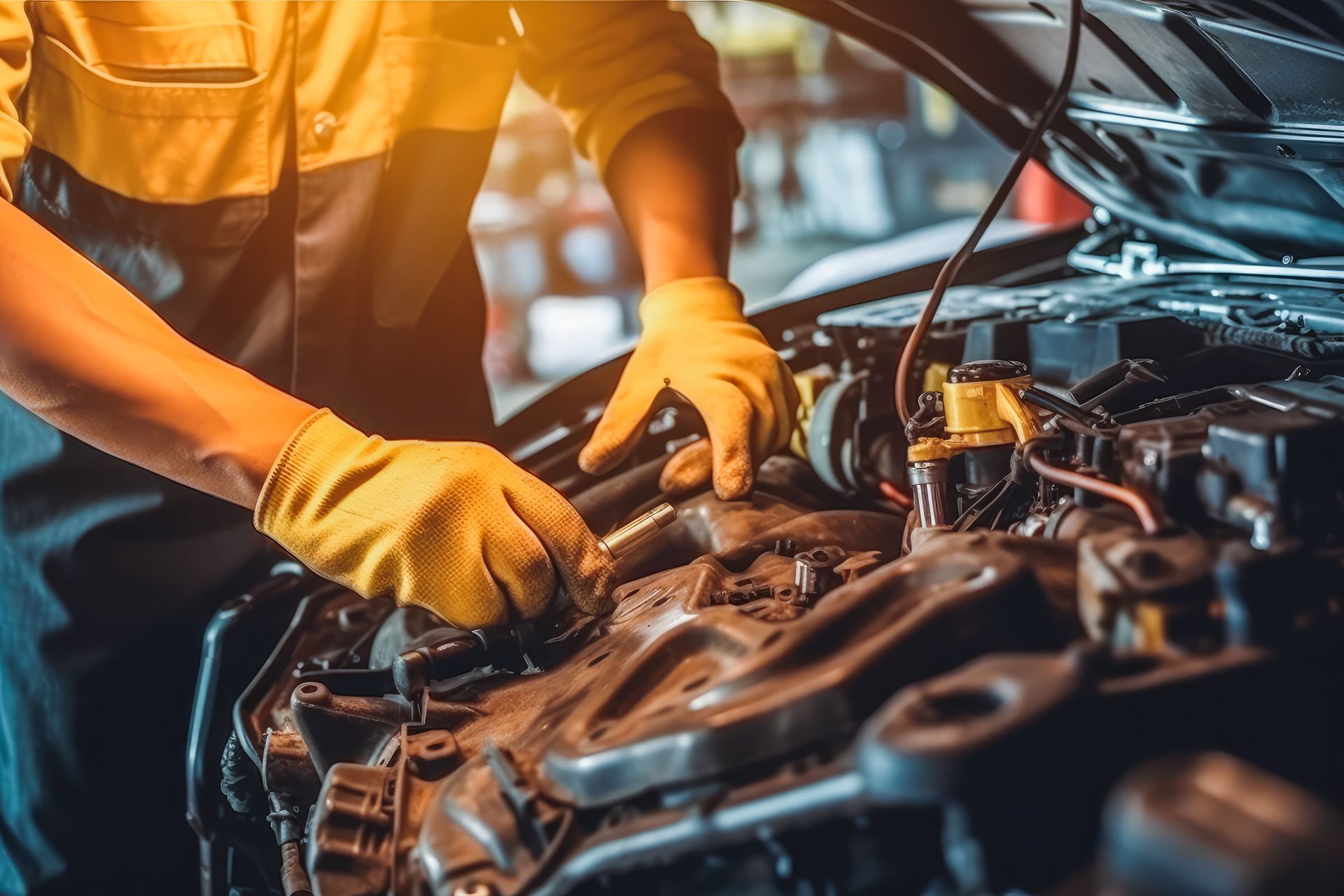Mon - Fri 8:00 AM - 5:30 PM
It’s All About Brakes
There can be no doubt that the most important vehicle consideration from a subsystem perspective is the braking system.
Since an accident that happens at a speed 2x greater than another speed has an impact force of FOUR times the severity, slowing the car down to prevent accidents and reduce their severity is the number one safety factor.
WHY ‘O WHY then does EVERYONE look for the CHEAPEST BRAKES!?!?
When automakers design braking systems they have many engineering considerations to factor in, the weight of the car, it’s tire size, it’s width, it’s projected operating speeds, etc. They use this information to come up with the size of the brakes. But wait, there’s more!!!
With the wheel off, you can actually see the brake system components. You can see the 5 holes where the wheel would be attached to the rotor. The caliper squeezes the rotor with the pads, slowing the car down, much like a bicycle brake squeezes a bicycle wheel. The brake pad is composed of a steel backing plate with the brake friction material either glued or riveted to it. The brake friction material is a metal-like substance that is hard enough to resist braking temperatures and forces, but soft enough not to damage the brake rotor.
The actual brake pad friction material can be constructed of an almost infinite number of compounds. Different brake compounds result in different brake operating temps, different levels of friction between the pad and the rotor, and different lengths of pad service life.
This is where the quality question comes into play. Cheap steel is softer and less stiff than good quality, high carbon steel. The cost difference between cheap steel and high carbon steel or nodular iron is huge. When you buy a cheap, economy brake rotor, you are buying cheap Chinese steel, with low carbon content. The actual coal (China has a huge coal industry) is much lower quality that the coal used to make high quality steel or nodular iron. Keep that in mind, it will be important later.
Now, the actual friction compound of the pads is very important. The manufacturer will choose a friction compound to operate at a certain temperature- the brake pad will generate the most friction and last the longest in a certain temperature range- usually 400-1000 degrees Fahrenheit. The pad and rotor composition must be “paired” so that the rotor can withstand the heat that the pads generate. Pads with a “harder” friction compound generate less friction for the same temperature, resulting in higher clamping force needed to get the same “Whoa”, and will generate more heat during braking. However, harder pads last longer, which all car owners love. This is the balance the engineer must find: Longevity, temperature, friction, and clamping force.
New cars usually come with great brakes. The compound is designed specifically for that car model, and the quality and size of the brake rotor. The system is designed to work together. However, those pads are expensive, because they are made just for that car line. The pad compound is made as a liquid, in a giant vat, then formed as it cools. Now, if they change the compound everytime they make a different batch of pads, the manufacturing cost goes way up. To make less expensive brake pads and rotors, several corners are cut.
- The actual design of the cheap brake pad is more simplistic- they are usually NOT slotted, shimmed, or chamfered; those are the key design features to reduce noise from the system.
- The steel of the backing plate is cheaper and softer- the brake caliper will sometimes actually dig into the steel there, which will make a pad squeal like crazy- even a brand new one.
- The brake compound will be a”universal” compound- NOT the exact compound the manufacturer designed for use.
- The brake rotors will be made thinner, and of lower quality steel, and the design features like hub thickness and cooling fin design will be compromised.
- This results in a “mismatch” of brake components, and that means reduced stopping power, reduced service life, and usually a noisy brake system.
BUT I CAN SAVE SOME MONEY!! Actually, you don’t when you look at the math. Even NOT accounting for crashing (which carries the highest possible cost- injury or death) good quality, correctly matched and correctly installed brakes last much much longer than the cheap ones. Cheap “pad slap” (brake jobs using cheap pads and not servicing the rotors) almost ALWAYS results in noisy brakes, which WILL Drive.You.Nuts. That costs around 80-100 dollars. This brake job usually will not last over 15-20 thousand miles. so the cost per mile is about 5-6 cents per ten miles for 15-20 thousand miles, then service will be needed again. So for 50k miles your total brake investment is at best 250.00, at worst it is 350.00. You’ve also had to contend with repeat visits to the auto repair shop, using your time and inconveniencing you.
Our standard ceramic brake job offers none of those concerns and offers these benefits:
The brake job will usually last 50-80 thousand miles, usually never makes noise, provides great brake feel, and the rotors seldom warp. That job costs around 280.00 for most cars. That equates to 4-5.5 cents per ten miles, and you visit the shop many fewer times over the course of your vehicle ownership. I put our very high end pads and rotors on my dad’s F-150 when it had 71k miles on it. They lasted over 80,000 miles- he sold the truck at 150k miles before they needed to be done again! That brake job wsa the highest end job we offer, with Adaptive One brand pads and Ultra Premium rotors- that brake job retail cost was just under 500 dollars. Sound like alot? 6.2 cents per ten miles, and no brake job needed for 7 years! That’s right, an average of 71 dollars per year, and NO brake noise, NO vibration, NO worn out pads, and NO unsightly brake dust to clean of the wheels before it damages the coating on them!!!
In conclusion, you get what you pay for, but when viewed from an investment perspective it is FAR better money spent to get the good stuff, AND do a FULL brake service. This results in:
Less likelihood of a crash
Better use of your time
Better use of your money!
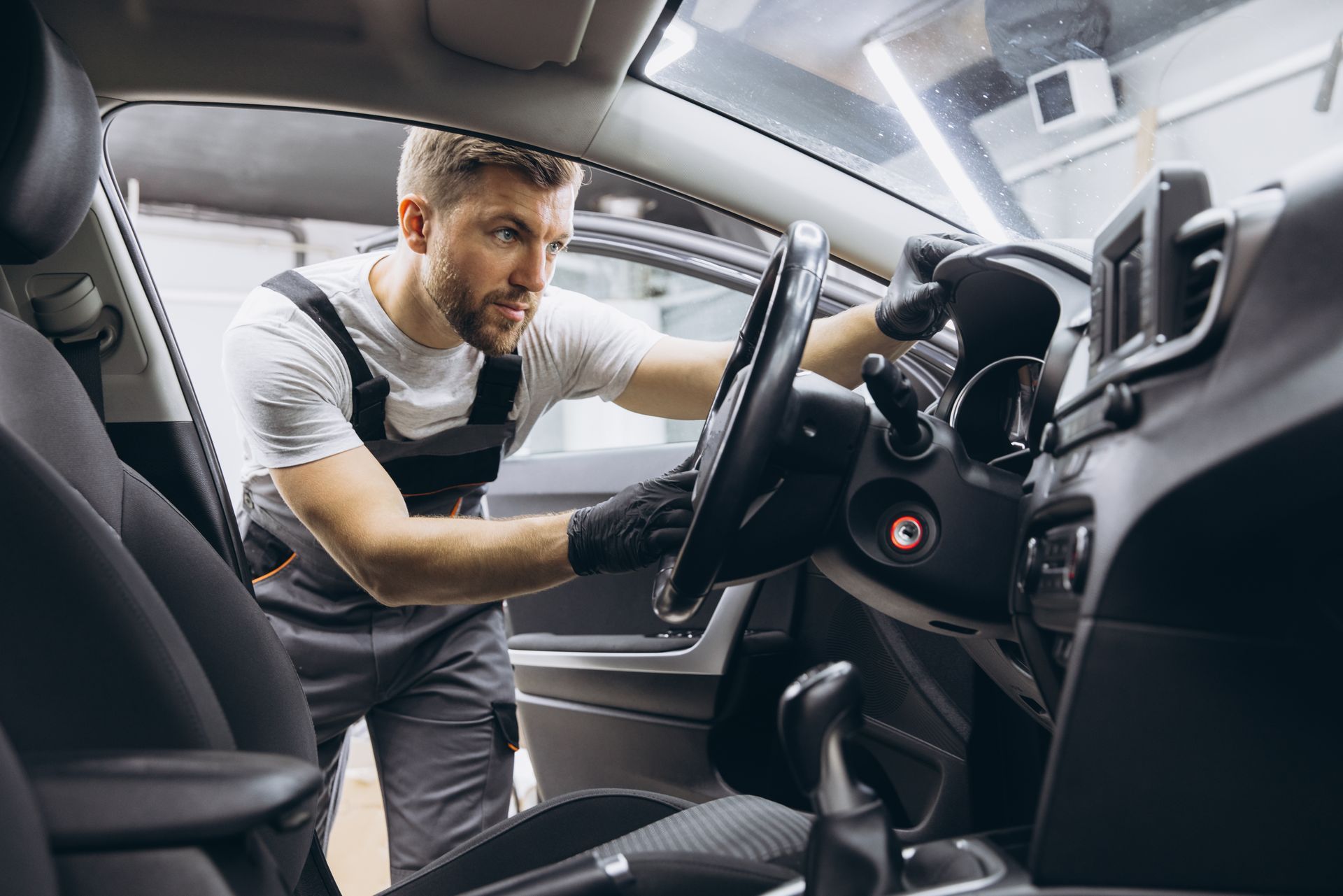
Professional Auto
Diagnostics & Repairs.
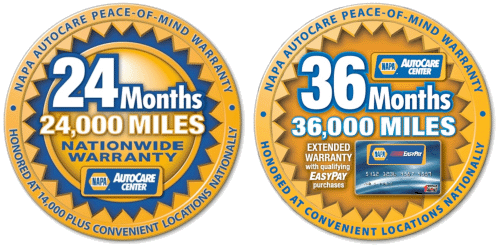








© 2023 Pro Auto Repairs. All Rights Reserved | Website managed by
ShopGenie
Follow us
Our Shop
Services
List of Services
-
SuspensionSuspension Suspension
-
BrakesBrakes Brakes
-
BatteryBattery Battery
-
Virginia State Safety InspectionsVirginia State Safety Inspections Virginia State Safety Inspections
-
Engine RepairsEngine Repairs Engine Repairs
-
TransmissionTransmission Transmission
-
Tire Mounting and BalancingTire Mounting and Balancing Tire Mounting and Balancing
-
Oil ChangeOil Change Oil Change
-
© 2023 Pro Auto Repairs. All Rights Reserved | Website managed by
ShopGenie
Follow us
Our Shop
7311 Warwick Blvd, Newport News, VA 23607, United States of America
Mon - Fri 8:00 AM - 5:30 PM




